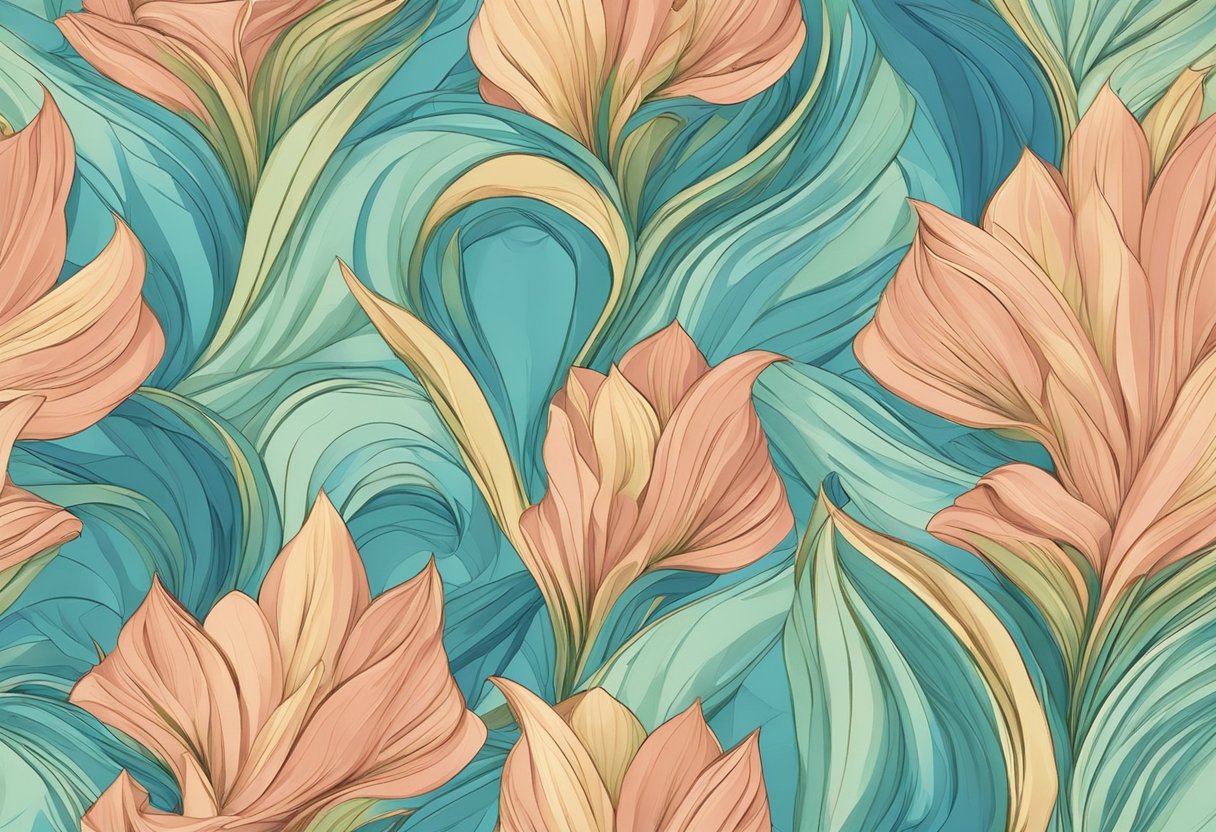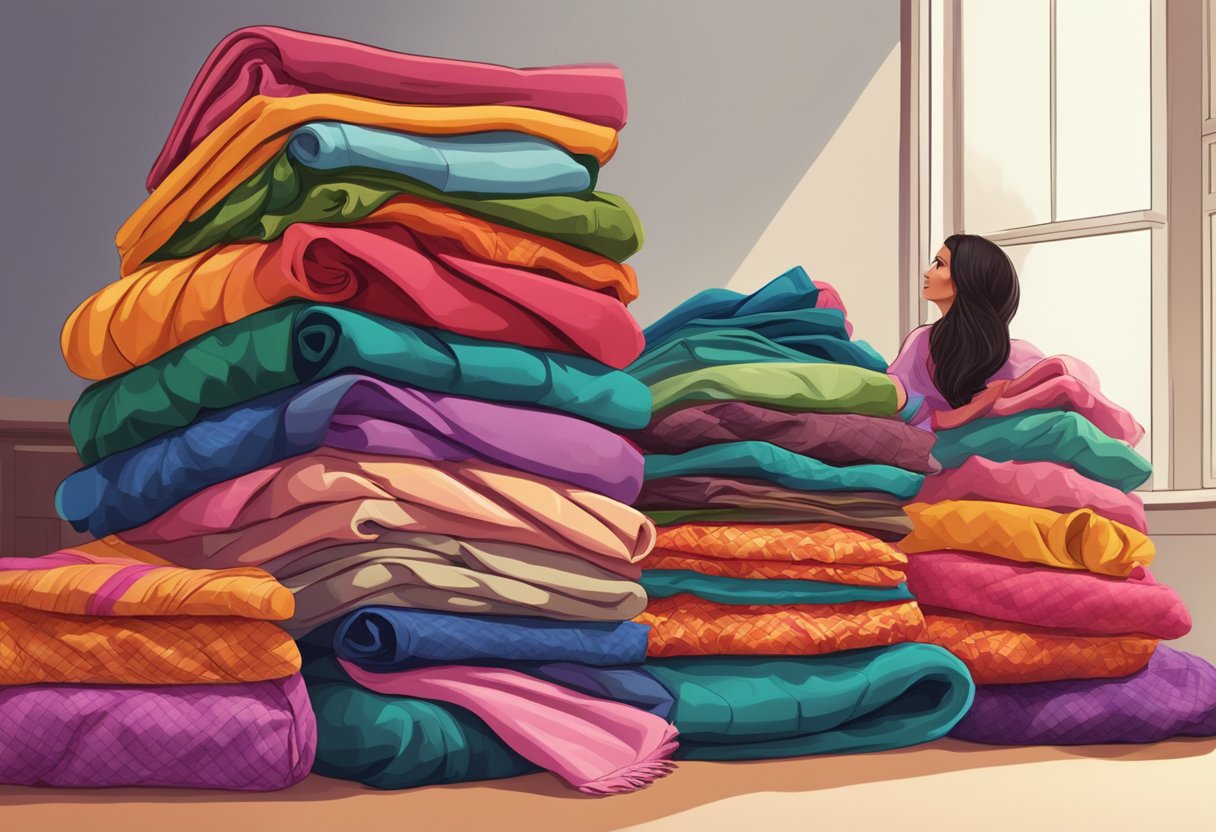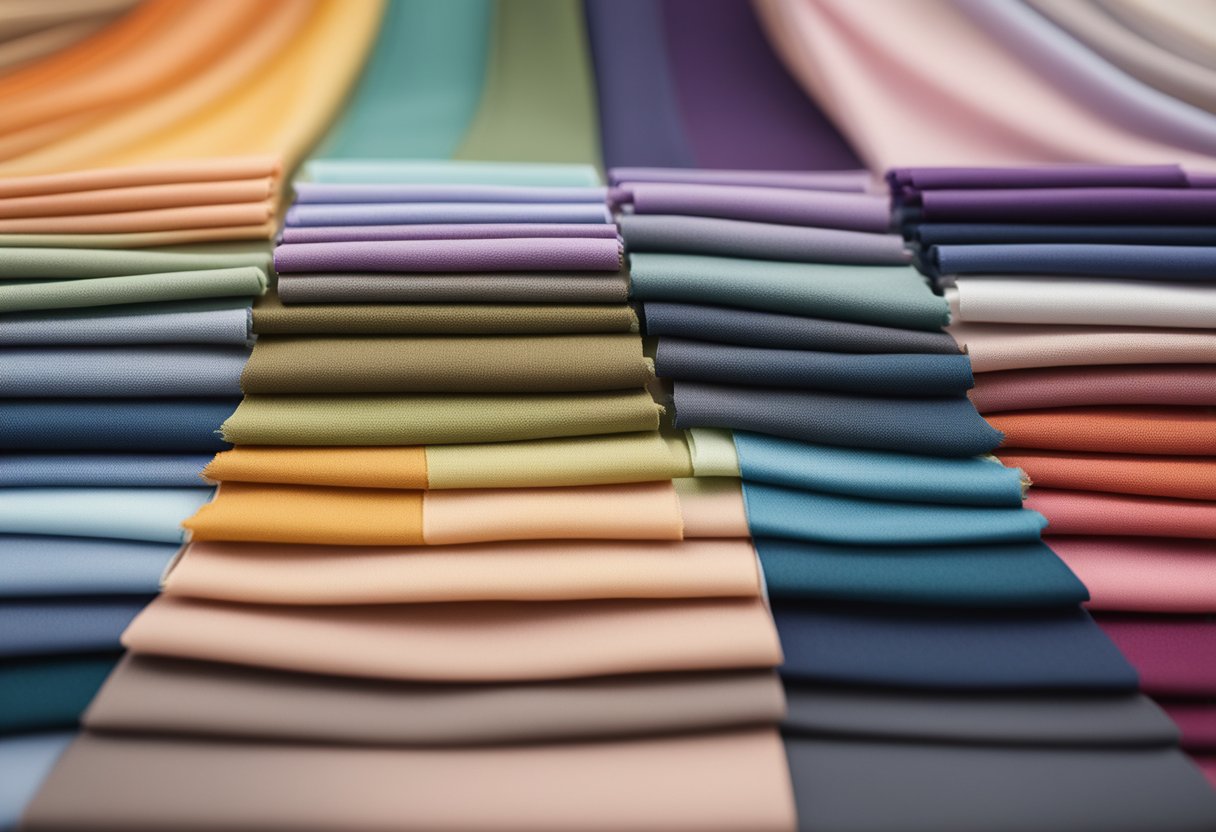Sarees are one of the most popular traditional attires for women in India. They are available in various fabrics, designs, and styles. However, when it comes to choosing the right saree, comfort is a crucial factor to consider. The softness of the fabric plays a significant role in determining the comfort level of a saree.

When it comes to selecting the softest saree fabric, there are several options to choose from. One of the most popular and comfortable fabrics is cotton. Cotton sarees are lightweight, breathable, and easy to wear. They are perfect for everyday wear, especially during summers. Cotton silk sarees are also a great option for those looking for a blend of comfort and elegance.
Another soft and comfortable saree fabric is chiffon. Chiffon sarees are lightweight, easy to drape, and have a beautiful flowy texture. They are perfect for formal occasions and can be worn throughout the year. Chiffon sarees are available in a wide range of colors and designs, making them a versatile choice for women of all ages.
Understanding Saree Fabrics

When it comes to choosing the perfect saree, understanding the different types of fabrics available is essential. The choice of fabric can make all the difference in terms of comfort, style, and occasion. Here are some of the most popular saree fabrics to help you make an informed choice.
Silk Varieties
Silk sarees are known for their luxurious feel and diverse range of styles. The most popular silk sarees include Banarasi silk, Tussar silk, Mysore silk, and Kanchipuram silk. Banarasi silk sarees are famous for their intricate designs and gold and silver zari work. Tussar silk sarees are known for their rich texture and natural shine. Mysore silk sarees are lightweight and comfortable, perfect for warm weather. Kanchipuram silk sarees are renowned for their durability and vibrant colors.
Cotton and Blends
Cotton sarees are comfortable and breathable, making them a popular choice for everyday wear. Cotton-silk and khadi sarees are also popular blends that offer the best of both worlds. The cotton silk fabric is lightweight and comfortable, while khadi sarees are known for their hand-spun and handwoven texture.
Other Popular Materials
Apart from silk and cotton, there are other popular materials used to make sarees. Chiffon and georgette sarees are perfect for formal occasions and offer a flowing, elegant drape. Linen sarees are lightweight and breathable, making them perfect for summer wear. Organza and net sarees are lightweight and sheer, perfect for a breezy, delicate look. Crepe and satin sarees offer a luxurious feel and are perfect for evening wear. Faux georgette sarees are a more affordable alternative to pure georgette sarees.
In conclusion, choosing the right fabric is crucial to achieving the perfect look and comfort. With this guide, you can make an informed decision about which saree fabric is best suited for your needs.
Selecting the Right Saree

Selecting the right saree is essential to enhance one's overall look and comfort. Sarees are available in a wide range of fabrics, colors, and embellishments, making it difficult to choose the right one. Here are some factors to consider when selecting the right saree.
Occasions and Draping
The occasion and draping style play a significant role in selecting the right saree. For weddings, festivals, and other special occasions, silk sarees with zari work, embroidery, and applique are a popular choice. For daily wear sarees, cotton and linen sarees are comfortable and easy to drape. The draping style also varies based on the occasion and saree fabric.
Colors and Embellishments
Colors and embellishments are essential to enhance the elegance and grace of a saree. Red, green, yellow, pink, and gold are popular colors for sarees. Embellishments like zari work, embroidery, and applique add a touch of glamour to the saree. It is important to choose colors and embellishments that complement one's skin tone and body type.
Caring for Saree Fabrics
Proper maintenance is crucial to ensure the longevity of saree fabrics. Each fabric requires a different method of cleaning and maintenance. Silk sarees should be dry cleaned, while cotton and linen sarees can be washed at home. It is important to store sarees in a cool and dry place to prevent damage from climate and pests.
Selecting the right saree is a choice that depends on comfort, occasion, elegance, versatility, and wardrobe. It is also a reflection of Indian culture and tradition. By considering these factors, one can choose the perfect saree that suits their style and personality.
Frequently Asked Questions

What is considered the most comfortable saree material?
When it comes to comfort, cotton sarees are considered the most comfortable due to their lightweight and breathable nature. Cotton sarees are perfect for daily wear, as they are easy to maintain and provide a comfortable fit.
What type of silk saree is known for its softness?
Among the different types of silk sarees, Mulberry silk sarees are known for their softness and smooth texture. These sarees are made from the silk of the Mulberry silkworm and are highly valued for their softness, durability, and lustrous finish.
Which saree fabrics are best suited for daily wear?
Cotton and linen sarees are the best options for daily wear, as they are lightweight, breathable, and easy to maintain. These sarees are perfect for hot and humid climates and can be worn comfortably throughout the day.
What are the latest trends in soft saree fabrics?
Currently, soft chiffon, georgette, and crepe sarees are trending in the fashion world. These sarees are lightweight, flowy, and have a soft texture, making them perfect for special occasions and events.
How can one identify a high-quality saree fabric?
One can identify a high-quality saree fabric by its texture, weight, and the way it drapes. A good quality saree fabric should have a smooth texture, be lightweight, and drape elegantly. Additionally, the fabric should be durable and easy to maintain.
What are the best wrinkle-free saree materials for a sleek look?
Polyester and nylon sarees are the best options for those looking for wrinkle-free sarees. These sarees are easy to maintain and provide a sleek and polished look. However, it is important to note that these sarees may not be as breathable as cotton or linen sarees.

